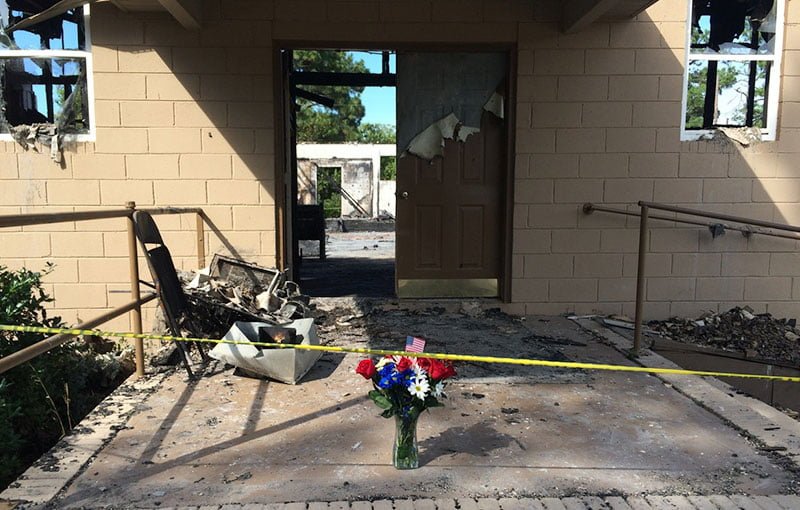Under the headline “No Evidence of Hate Crimes in Fires at Black Churches,” the New York Times on June 29 reported, “officials say they have found no evidence that the blazes were hate crimes.” They have also found no suspects, as of this writing, so the investigations continue. Some of the fires may have been set by mischievous youngsters armed with wooden clothespins turned into a mechanism that shoots lighted kitchen matches. But it is simply too early to tell anything, much less decide that there was “no evidence” of a hate crime in any of these fires.
The latest fire in June razed the Mount Zion African Methodist Church in Charleston, South Carolina. This church had also been burned down once before, in 1995. At that time two men with ties to the Klan were arrested for that crime. During that period, the Department of Justice convened a National Church Arson Task Force. It investigated 670 arsons, bombings and attempted bombings at houses of worship. It arrested 308 suspects in connection with 230 of these crimes, an arrest rate of 34%.
In an October 1998 report by the Task Force to President Clinton, they noted that: “The 34% rate of arrest in NCATF arson cases is more the double the 16% rate of arson arrests nationwide.” In other words, the Task Force considered itself successful, given the usual low rate of arson arrests otherwise.
If the rate of arrests is usually less than one in six in arson cases, how can officials tell the public anything about these church fires?



